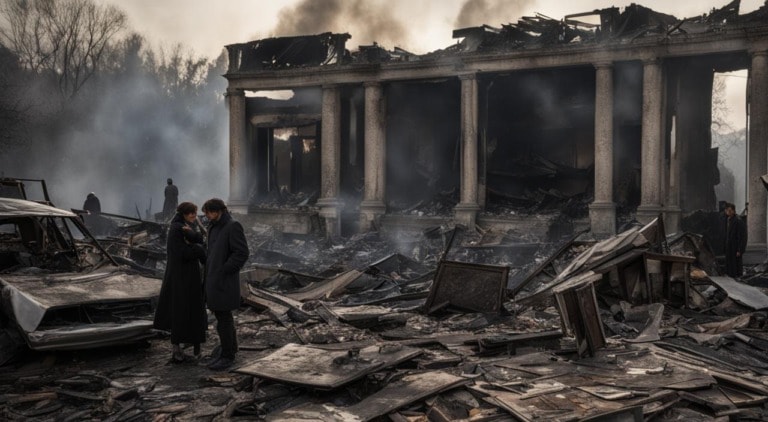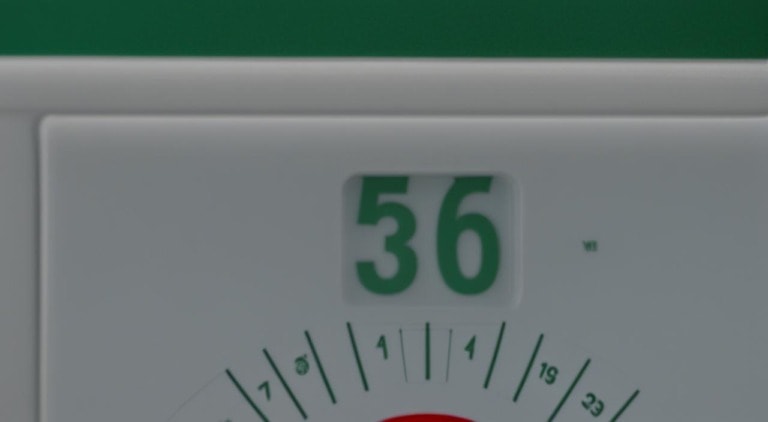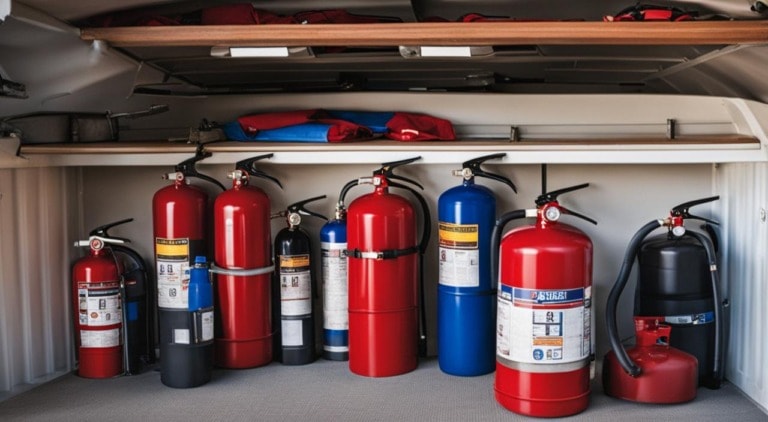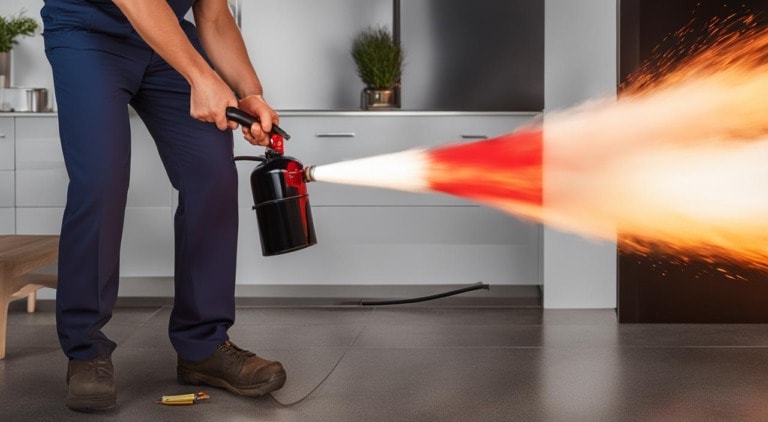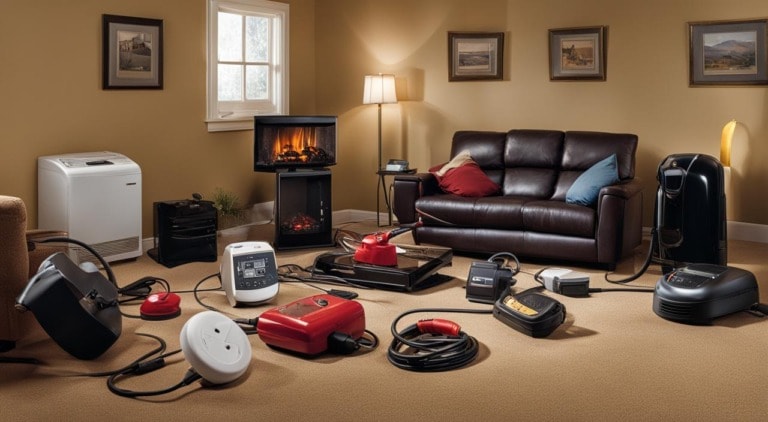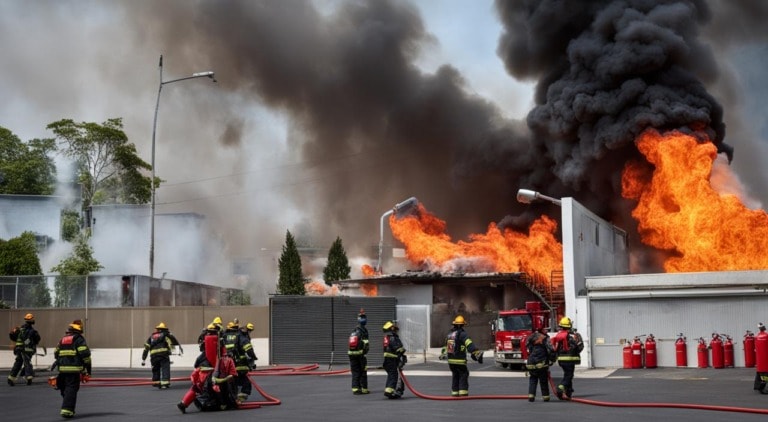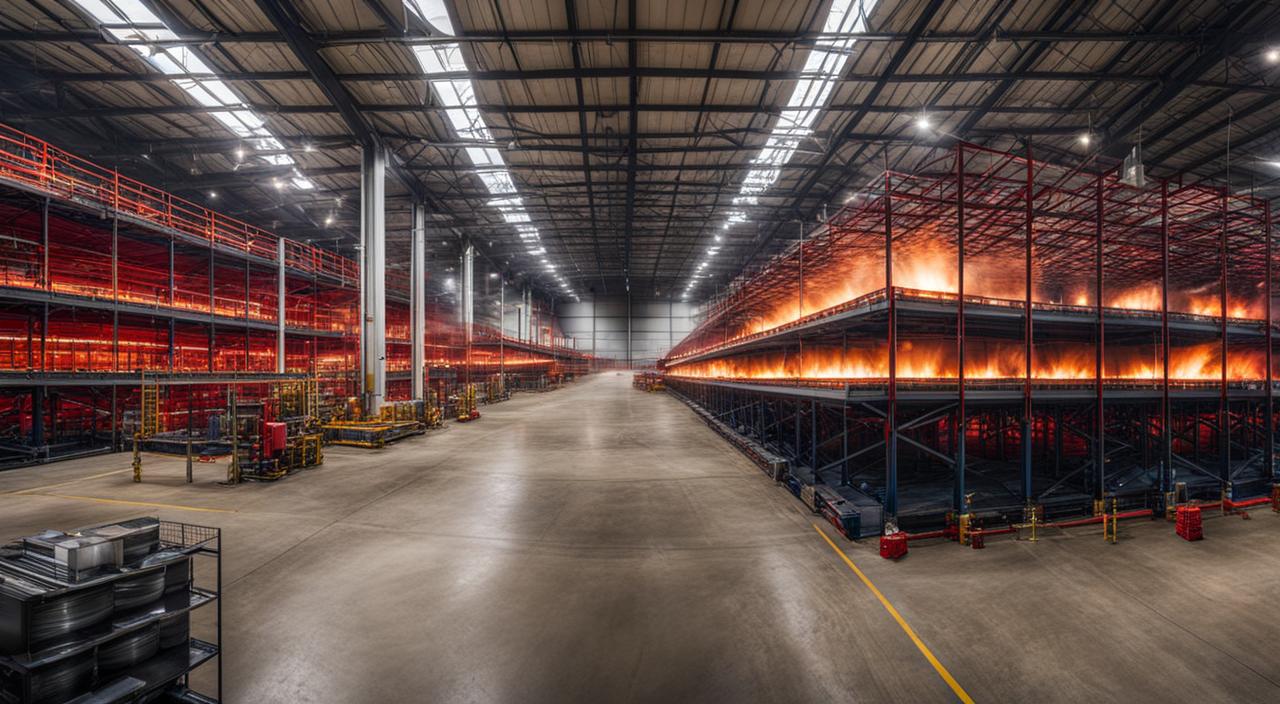
A deluge system and a sprinkler system are both vital components of fire protection in hazard installations. Understanding their differences and benefits is crucial for ensuring the safety of people and property.
A deluge system is specifically designed for special hazard installations where immediate and comprehensive fire protection is necessary.
Unlike sprinkler systems, deluge systems utilize open sprinkler heads that release water, dry chemicals, inert gases, or foam when heat or fire is detected. These systems are commonly found in facilities such as airport hangars, chemical plants, processing plants, and data storage centers.
On the other hand, sprinkler systems are more commonly used in a wide range of settings, including residential, commercial, and industrial buildings. Sprinkler systems operate independently, activating only in areas where fire or high temperatures are detected. They are designed to control and suppress fires until emergency responders arrive.
Knowing the differences between deluge systems and sprinkler systems is crucial in selecting the appropriate fire protection measures for different hazard installations. Stay tuned to learn more about the types of deluge systems and the advantages of pre-action sprinkler systems in our upcoming sections.
Types of Deluge Systems
Deluge systems are a crucial component of fire protection in special hazard installations. They are designed to quickly and efficiently apply water or other agents to the entire area in the event of a fire. There are two main types of deluge systems: electronically operated and pneumatic.
Electronically Operated Deluge Systems
Electronically operated deluge systems utilize alarms and detectors to activate the system. When a fire or heat is detected, the alarm sets off the solenoid valve, which releases the water or other agents to the hazard.
This automated process ensures immediate response and complete coverage of the affected area. These systems are commonly used in facilities where rapid and simultaneous protection is essential, such as chemical plants, data storage centers, and airport hangars.
Pneumatic Deluge Systems
Pneumatic deluge systems, on the other hand, rely on compressed air to operate. When a fire is detected, the compressed air triggers the release of water or other agents. These systems are typically used in special hazard installations where immediate and simultaneous protection of the entire area is required.
Examples include oil and gas facilities, power plants, and offshore platforms.
Both types of deluge systems play a crucial role in fire protection by providing rapid response and complete coverage in high-risk environments. The choice between electronically operated and pneumatic deluge systems depends on the specific hazards present in the facility and the desired level of automation.
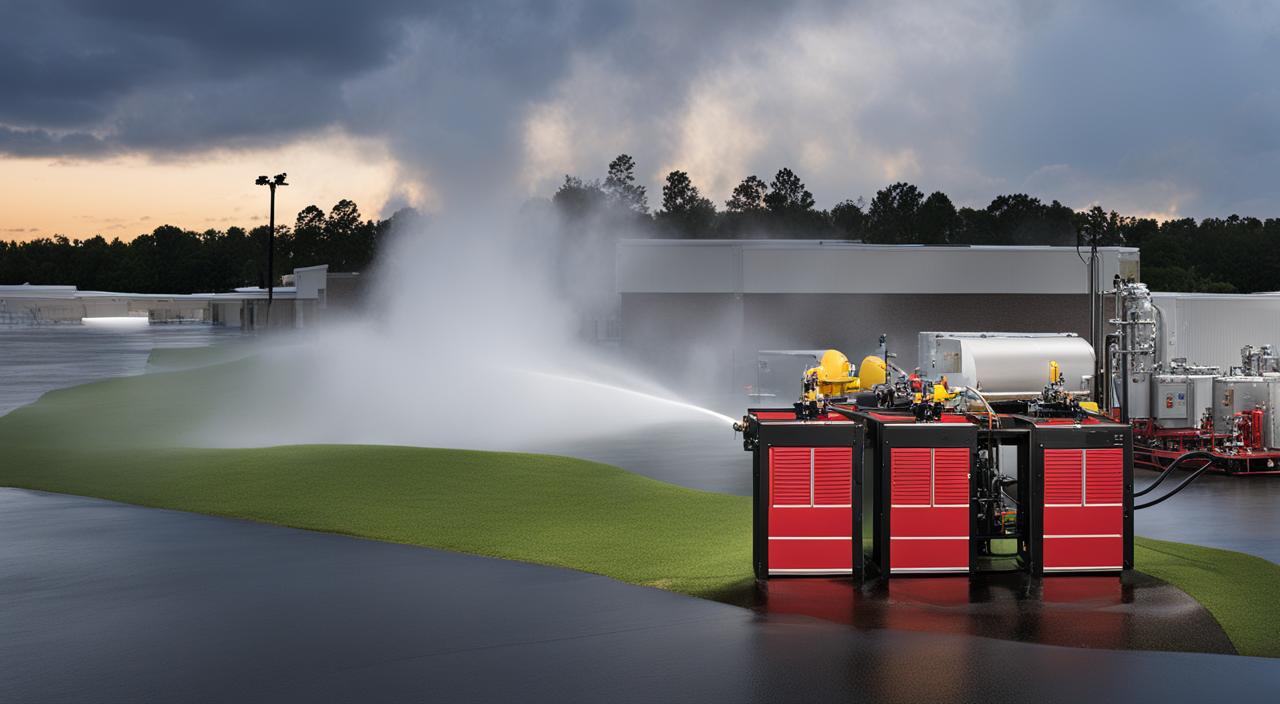
Advantages of Pre-Action Sprinkler Systems
When it comes to fire protection systems, pre-action sprinkler systems offer significant advantages over other options.
One of the key benefits is the two-step activation process. Unlike traditional sprinkler systems that activate immediately upon detecting heat or fire, pre-action systems require two separate steps to prevent false triggers and minimize water damage.
Pre-action sprinkler systems combine the reliability of fire detection systems with the added safety measure of confirming the presence of an actual fire before water is released. This reduces the risk of accidental discharges and the potential for extensive water damage, which is especially crucial in water-sensitive environments.
In addition to the two-step activation process, pre-action sprinkler systems also utilize pressurized air or nitrogen within the pipes.
This pressurization helps detect any leaks in the system, ensuring its proper functioning when needed. By carefully monitoring the pressure, pre-action systems provide an extra layer of safety and reassurance.
These features make pre-action sprinkler systems particularly suitable for protecting water-sensitive environments such as museums, art galleries, data centers, libraries, and storage rooms.
By combining advanced fire detection with a controlled release of water, these systems not only provide effective fire suppression but also minimize potential damage to valuable assets.

